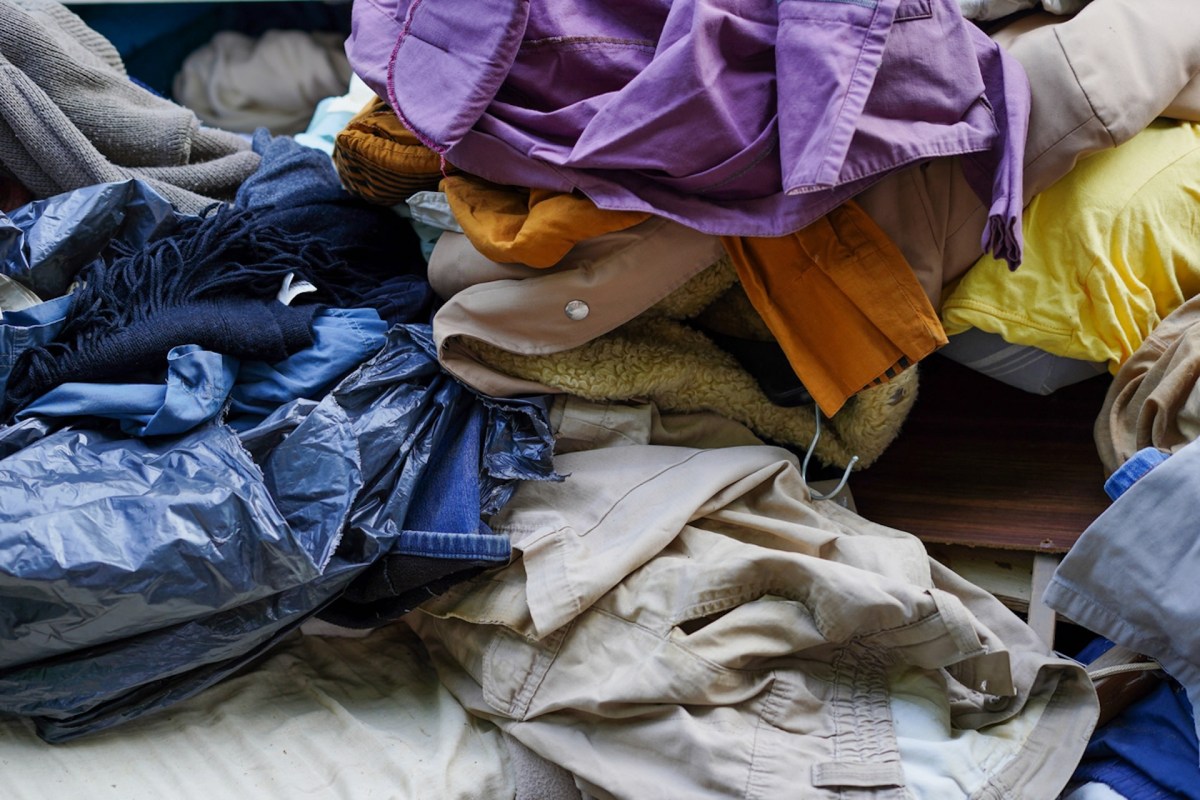A new, innovative method of recycling has been introduced to the world of sustainability. Dr. Dahua Shou, assistant professor of the School of Fashion and Textiles at The Hong Kong Polytechnic University, spearheaded a research project that recycles textile waste and repurposes it as thermal insulation and radiative cooling.
This "building clothing," as Dr. Shou calls it, has the potential to revolutionize green technology as it pertains to textile waste.
The concept of textile recycling has been abstract in the past and is notoriously difficult to implement.
Consider a jacket, for example. It can include things like buttons, zippers, tags, and drawstrings — all of which include different types of metals and plastics. This amount of fixtures can make clothing hard to separate, which increases labor costs and leads to the majority of textile waste being sent to landfills.
Dr. Shou's method aims to alleviate this, along with the consequential 10% of carbon dioxide pollution from textile waste disposal.
Dr. Shou's inspiration for this technology mimics nature, namely photon engineering and heat optimization. When adapting reused textiles to leverage these functions, they act as insulation that reflects solar heat and produces thermal radiation. In simpler terms, they regulate temperature, keeping it cool inside when it's hot outside, and vice versa.
The building clothing is also durable, light, and flame-resistant, and it repels dirt and water.
When taking all of this into consideration, the excitement for this project is warranted. Cutting back on carbon pollution and energy costs are both things that Hong Kong — or any city, for that matter — can benefit from.
Building clothing fits the bill for residential and factory buildings, as well as brick-and-mortar businesses and apartment complexes.
Dr. Shou's project has already received a grant from the Green Tech Fund and is likely to pick up more steam going forward.
Join our free newsletter for weekly updates on the coolest innovations improving our lives and saving our planet.









